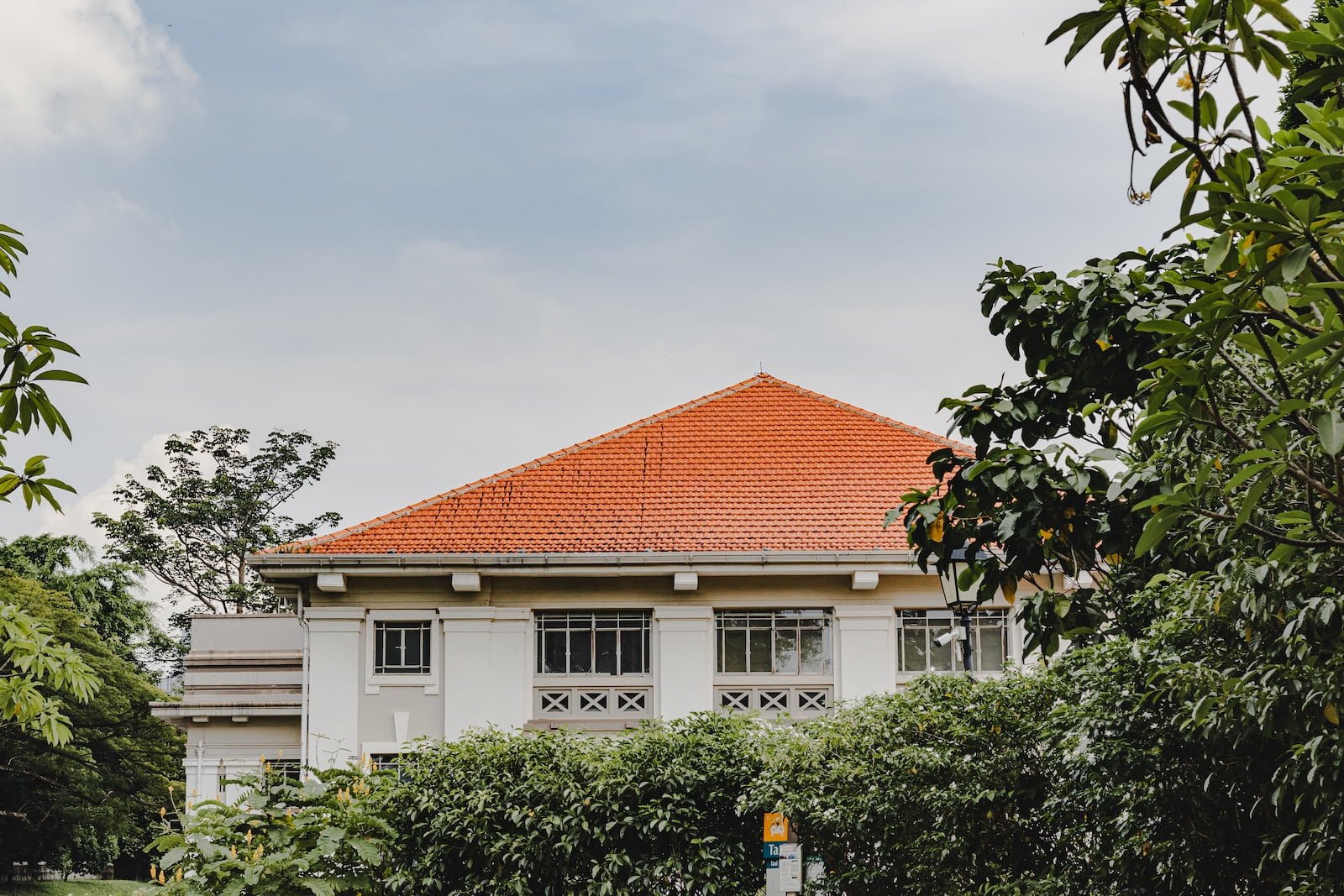Pros and Cons of Roof Coatings
When it comes to protecting your roof, choosing the right coating is crucial. With so many options available, it can be overwhelming to decide which one is the best fit for your needs. That’s why it’s important to weigh the pros and cons of different roof coatings before making a decision. In this article, we will provide an overview of the various types of coatings available and explore the advantages and disadvantages of each. By the end of this article, you’ll have a better understanding of the pros and cons of different roof coatings and be able to make an informed decision for your home or business.
Environmental Benefits and Drawbacks of Various Roof Coatings
When it comes to choosing a roof coating, it’s important to consider the environmental impact. Some coatings can have a positive effect on the environment, while others may have drawbacks. One of the main benefits of roof coatings is that they can help reduce energy consumption by reflecting sunlight and reducing the amount of heat absorbed by the building. This can lead to lower energy bills and a reduced carbon footprint. Additionally, some coatings are made from environmentally-friendly materials and can be recycled at the end of their lifespan.
However, there are also drawbacks to certain types of roof coatings. Some coatings may contain chemicals that can be harmful to the environment, such as volatile organic compounds (VOCs) that can contribute to air pollution. Additionally, some coatings may not be as durable as others, leading to a shorter lifespan and more frequent replacement. It’s important to research and choose a coating that balances environmental benefits with potential drawbacks.
Overall, roof coatings can be a great way to improve the energy efficiency and environmental impact of a building. By carefully considering the materials and chemicals used in the coating, as well as its durability and lifespan, it’s possible to choose a coating that provides the greatest benefits with the least amount of negative impact.
Advantages of Roof Coatings
One of the main advantages of roof coatings is their cost-effectiveness. Applying a roof coating can extend the life of a roof by up to 20 years, which can save homeowners and business owners thousands of dollars in roof replacement costs. Additionally, roof coatings can help reduce energy costs by reflecting sunlight and reducing the amount of heat that enters the building. This can lead to lower air conditioning costs and a more comfortable indoor environment. Roof coatings are also environmentally friendly as they can help reduce the amount of waste generated from roof replacements and can be applied over existing roofs, reducing the need for disposal of old roofing materials.
Disadvantages of Roof Coatings
While there are many advantages to roof coatings, there are also some disadvantages to consider. One of the main disadvantages is that not all roofs are suitable for coatings. Roofs with extensive damage or leaks may require repair before a coating can be applied. Additionally, some coatings may not adhere well to certain roofing materials, leading to peeling or cracking. It is also important to note that not all roof coatings are created equal. Some coatings may not provide adequate protection against UV rays or may not be durable enough to withstand harsh weather conditions. Finally, roof coatings can be more expensive than traditional roofing materials, although the cost savings over time may outweigh the initial investment.
Durability and Maintenance Considerations for Different Roof Coatings
When it comes to choosing the right roof coating for your building, durability and maintenance are two important factors to consider. Some coatings may require more frequent maintenance than others, while some may have a longer lifespan. For example, silicone coatings are known for their durability and can last up to 20 years with proper maintenance. On the other hand, acrylic coatings may require more frequent maintenance, but are generally less expensive and easier to apply.
Another factor to consider is the type of roof substrate. Some coatings may adhere better to certain substrates than others, which can affect their durability and longevity. For example, a coating that adheres well to metal may not perform as well on a concrete roof.
It’s also important to consider the climate and weather conditions in your area. Coatings that are exposed to extreme temperatures, UV radiation, or heavy rainfall may degrade more quickly than those in milder climates. Regular inspections and maintenance can help identify any issues early on and prevent more costly repairs down the line.
Ultimately, the best roof coating for your building will depend on a variety of factors, including your budget, maintenance capabilities, and climate conditions. Consulting with a roofing professional can help you make an informed decision and ensure that your roof coating provides the durability and protection your building needs.
Pros of Energy Efficiency of Roof Coatings
One of the main benefits of energy-efficient roof coatings is that they can significantly reduce energy costs. By reflecting sunlight and heat away from the building, the roof coating can help maintain a cooler indoor temperature, reducing the need for air conditioning. This can lead to a significant reduction in energy consumption and associated costs. Additionally, energy-efficient roof coatings can help prolong the lifespan of the roof by protecting it from UV radiation and other environmental factors. This can also result in cost savings over time by reducing the need for repairs or replacement.
Cons of Energy Efficiency of Roof Coatings
While there are many benefits to energy-efficient roof coatings, there are also some potential drawbacks to consider. One of the main concerns is the initial cost of installation, which can be higher than traditional roofing materials. However, it is important to consider the long-term cost savings that can be achieved through reduced energy consumption and maintenance costs. Another potential drawback is the limited range of colors and styles available for energy-efficient roof coatings. While there are some options available, they may not be suitable for all types of buildings or aesthetic preferences.

